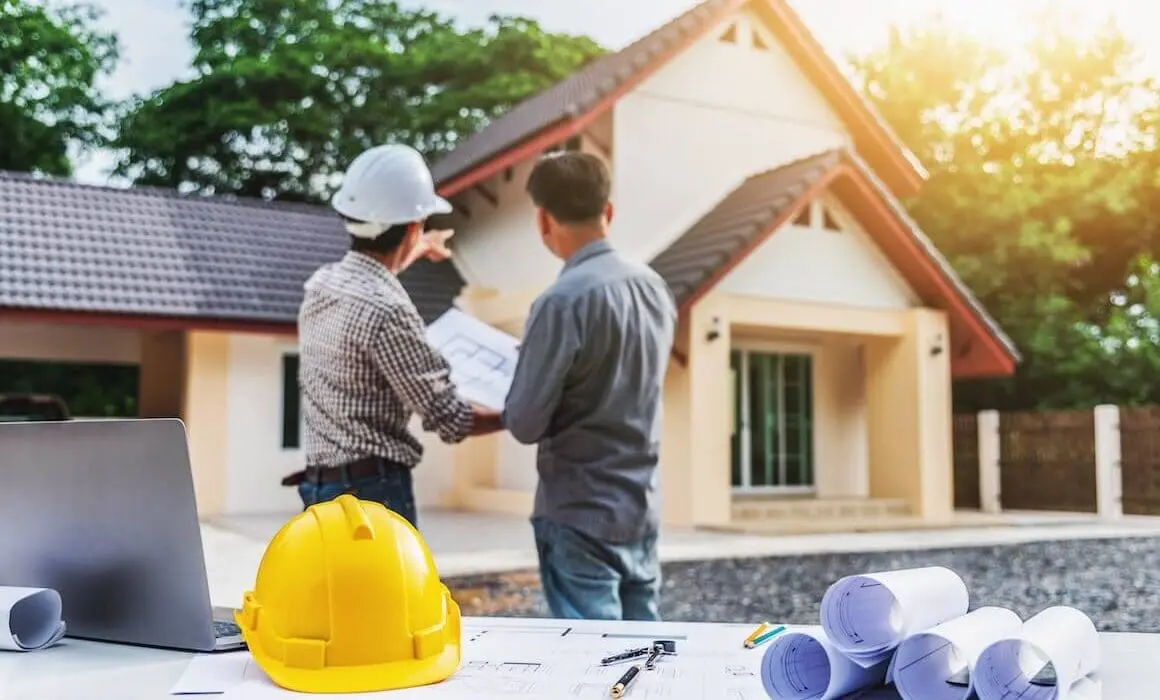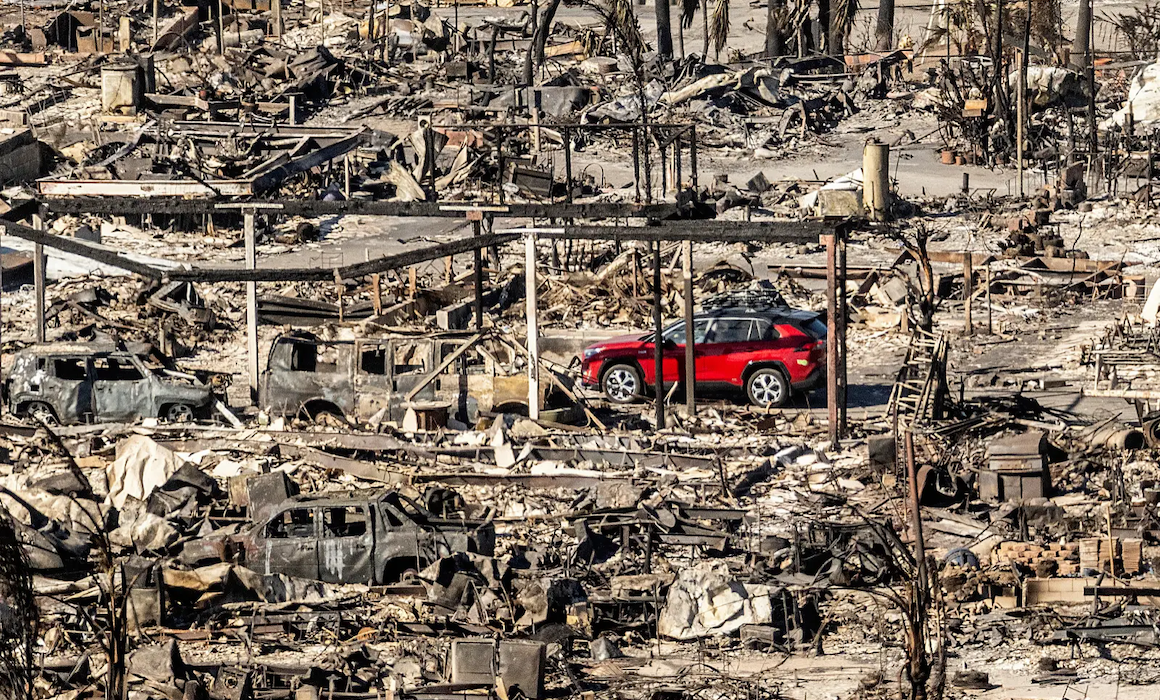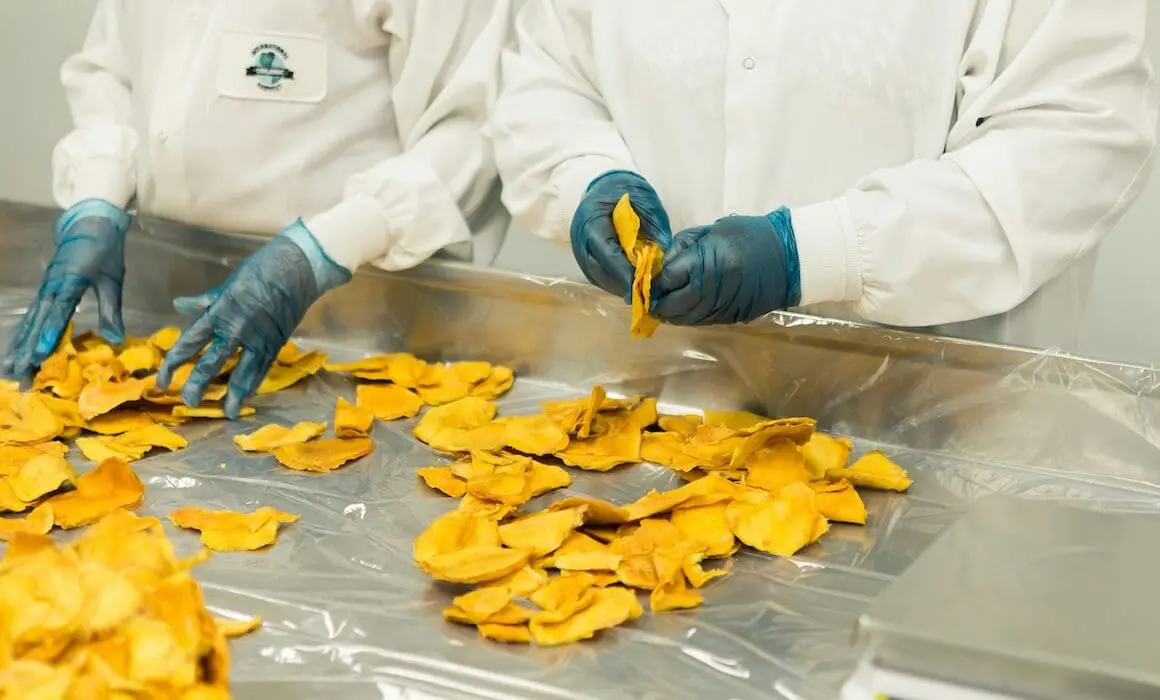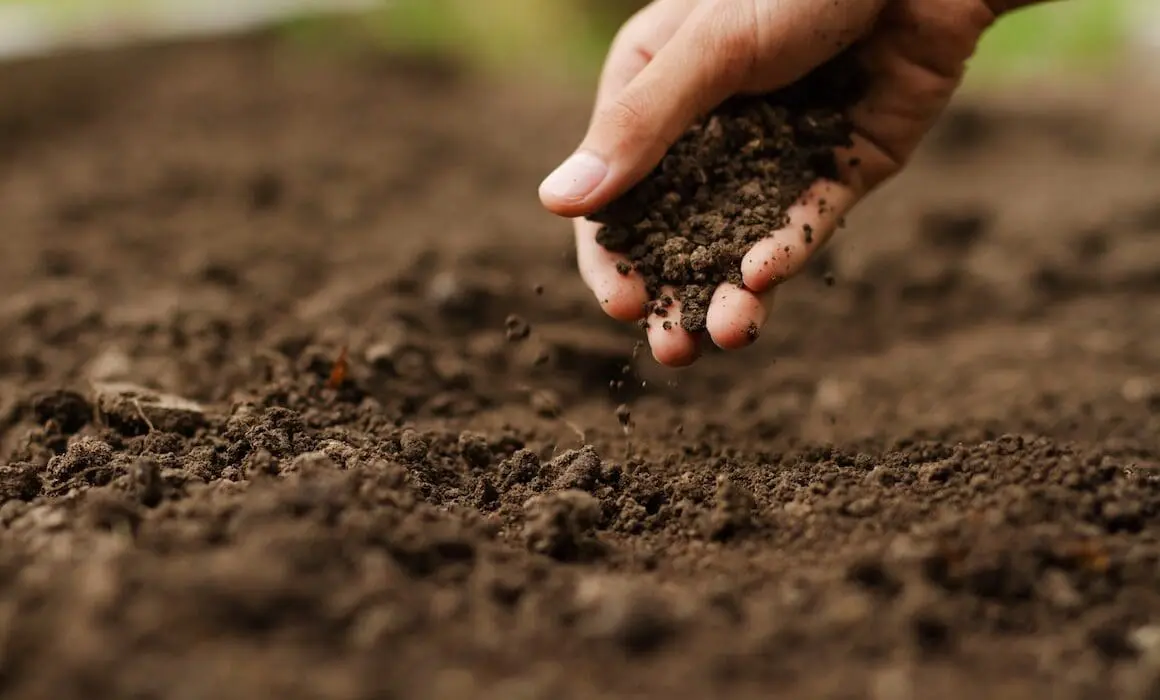Researchers Develop Cutting-Edge Method to Build Homes for the Future
Published by www.thecooldown.com on January 22, 2025.

Researchers have come up with another way to mix biology and construction, and it’s changing how we design and build sustainable structures. Scientists at Technion – Israel Institute of Technology developed a material made from sand and bacteria that can repair small cracks on its own, extend the lifespan of buildings, and reduce maintenance needs. This process also cuts waste and lowers the environmental impact of construction.
According to SciTechDaily, the key is cyanobacteria, or blue-green algae, which use photosynthesis to produce the common mineral calcium carbonate. When added to sand-based mixtures, they create a curable material that strengthens itself while absorbing carbon dioxide.
Featured in a Cambridge University Press journal, Research Directions: Biotechnology Design, this method uses “additive co-fabrication,” a process wherein the bacteria and sand are layered and built up using advanced tools such as robots to create structures.
The new bio-material could change the construction industry, which is responsible for nearly 40% of global carbon pollution. Traditional materials such as concrete rely on resource-intensive production, but this new technique reduces pollution and captures and stores carbon dioxide. Because cyanobacteria thrive in diverse environments, this process is scalable and adaptable to different climates.
Keep reading at thecooldown.com.
More Protecting Our Planet stories

Fire-Ravaged Los Angeles Confronts Difficult Questions As it Rushes to Rebuild


